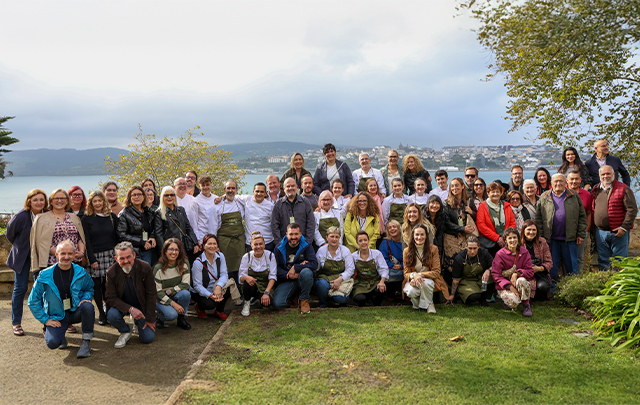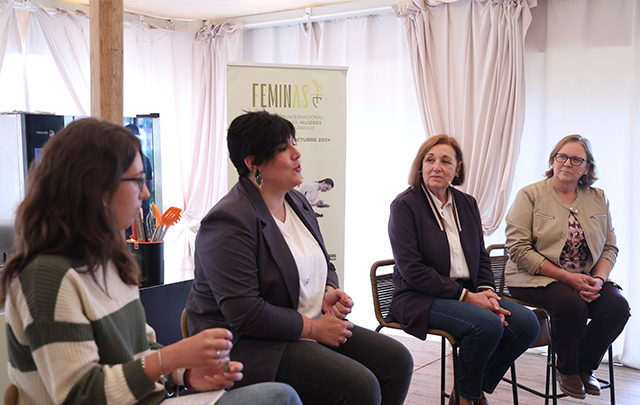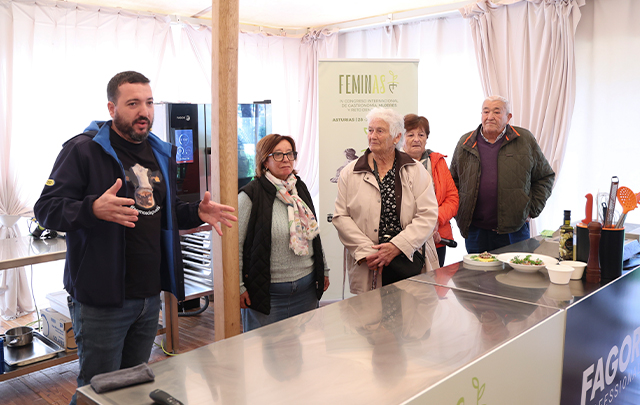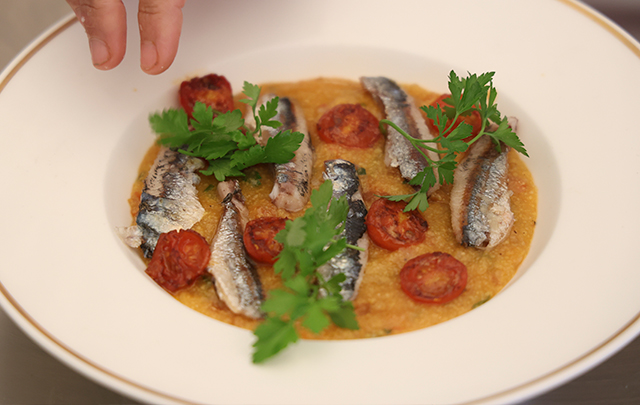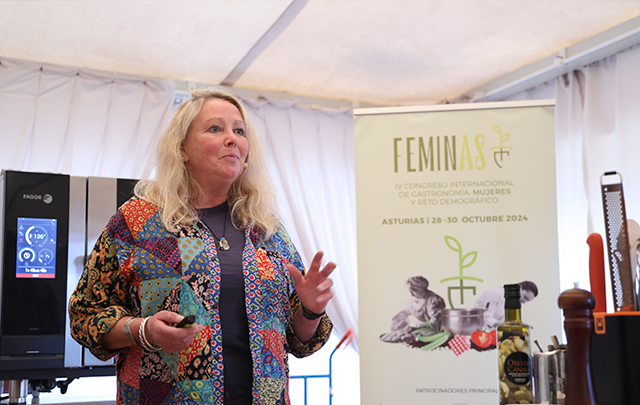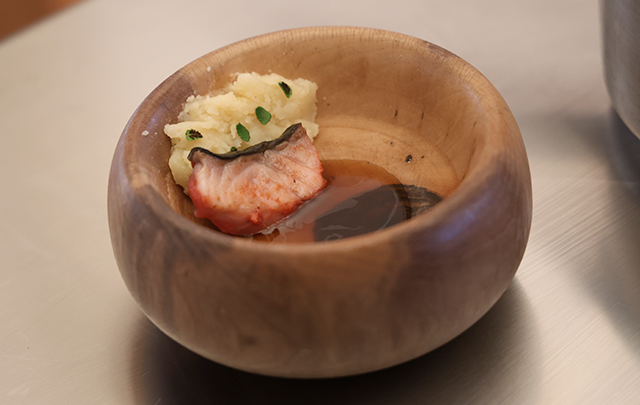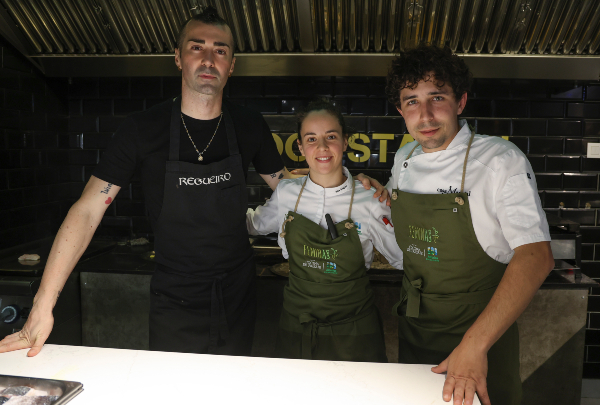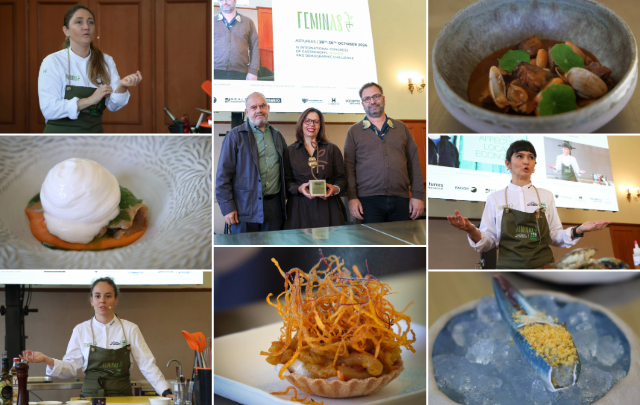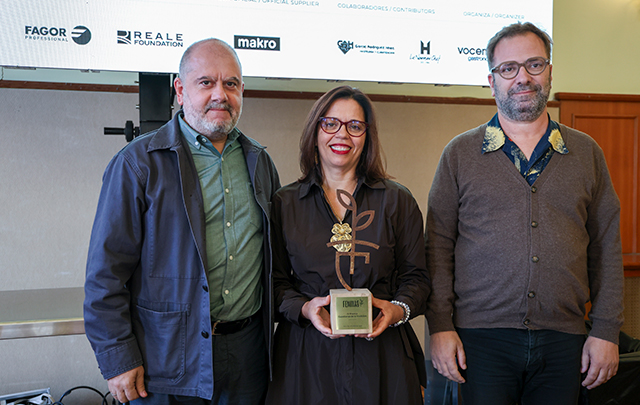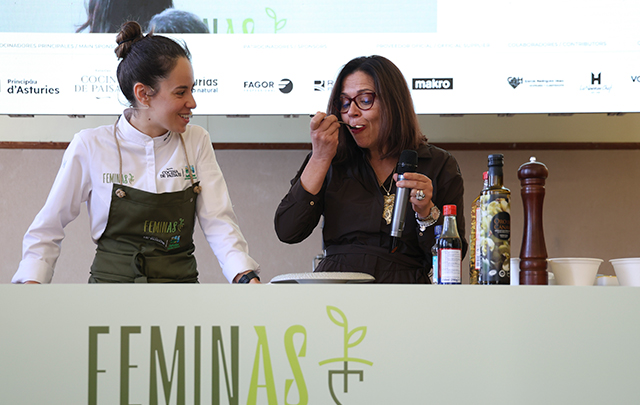News
Mirta Rodríguez and Mary Fernández: 'The authorities must make it easier for us to give our neighbours' products so that the towns can survive.
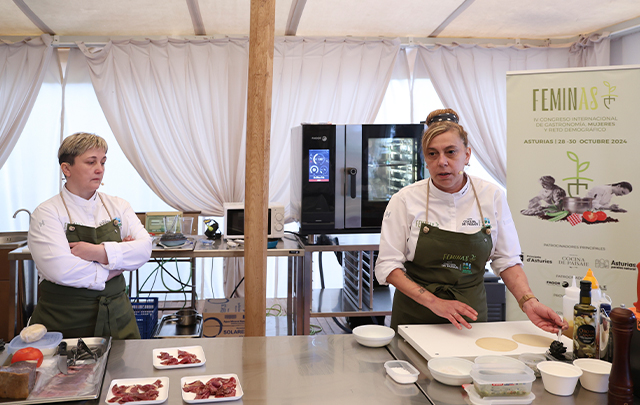
The chefs are fighting for the sustainability of the local larder. When traditions are lost because they are not viable, our character is lost.
Mary Fernández and Mirta Rodríguez represent 'Two Views of Western Asturias', as the title of their joint lecture proclaims. Mary cooks the wild Cantabrian cuisine, 'where the fish is as athletic as a wild boar against a domestic pig', she explains. Mirta, who becomes emotional when she recalls the total depopulation of Llandeiro, the village where her family was the last to live, cooks stews from the interior and uses everything from the oxen she raises. Both share the defence of a territory where "you can eat something different every day". In order to preserve this richness, they are calling on the administration to adapt health regulations and allow restaurants to serve products from their neighbours.
Their kitchens show two sides of the same reality, and therefore they share the same concerns. The first is to see how their country is losing its population for lack of opportunities. In the countryside, many families produce their own food and have small surpluses of eggs, honey or legumes; not enough to enter the marketing chain, but of high quality. In a moving gesture, the two cooks ended their presentation by calling on the authorities to review the legislation and allow restaurants in the area to consume products from their neighbours. This would help the family economy and we would be able to consume wonderful products instead of going to the supermarket to buy them," they said.
Mary Fernández and Mirta Rodríguez do not share the fame of other colleagues in their profession. They are cooks, and with great honour. Self-taught, traditional chefs who have made their respective restaurants, Mesón el Centro in Puerto de Vega (Mari) and El Tornero in Villayón, reference points for quality and local produce.
The world of Mary, who entered the kitchen through family circumstances, is that of the sea. We have a very wild coast and a very small fish market that lives on the season. The fishermen call me from the boats and tell me: look, today we have a sea bass, a St. Peter, etc. I order it. I order it and then I go to the fish market. I order it and it comes to my door from the fish market. Now it is barnacle season in Puerto de Vega, but perhaps the most emblematic product is the cuttlefish, which starred in Mari's culinary demonstration and expressed her philosophy.
Our product is of such high quality that we touch it as little as possible, but we make dishes to make the most of any leftovers", she adds. One of these is the bomba de calamar, a pastry filled with squid stew in its own ink. Our stews are the same as always, but when we get creative, as in this dish, it's to make the most of them. The world of seaweed has also been a discovery for me. Codium, for example, is very important in our cuisine,' she says.
Mirta Rodríguez grew up with her parents on a small dairy farm. Llanteiro, the village where they lived, was cut off from the world by a reservoir that they had to cross by boat every day to sell their milk. It was too much and they had to leave. When they left, the village was completely dead. They were the last inhabitants.
Mirta's restaurant became famous for local dishes such as pote, stuffed cabbage or fabada. Pote and cabbage made us famous in an area where there were no restaurants to speak of," she explains. As well as working with livestock farmers in the area, ten years ago they started a project to breed oxen.
Their own cattle farm, El Torneiro, was born ten years ago with the arrival of the first Casina breed ox. We take everything from the animals. We even make biscuits with the 'unto', as a nod to the biscuits that used to be made with pork 'unto'. We also make our own jerky. It was difficult at first because the slaughterhouses are not prepared for it.


